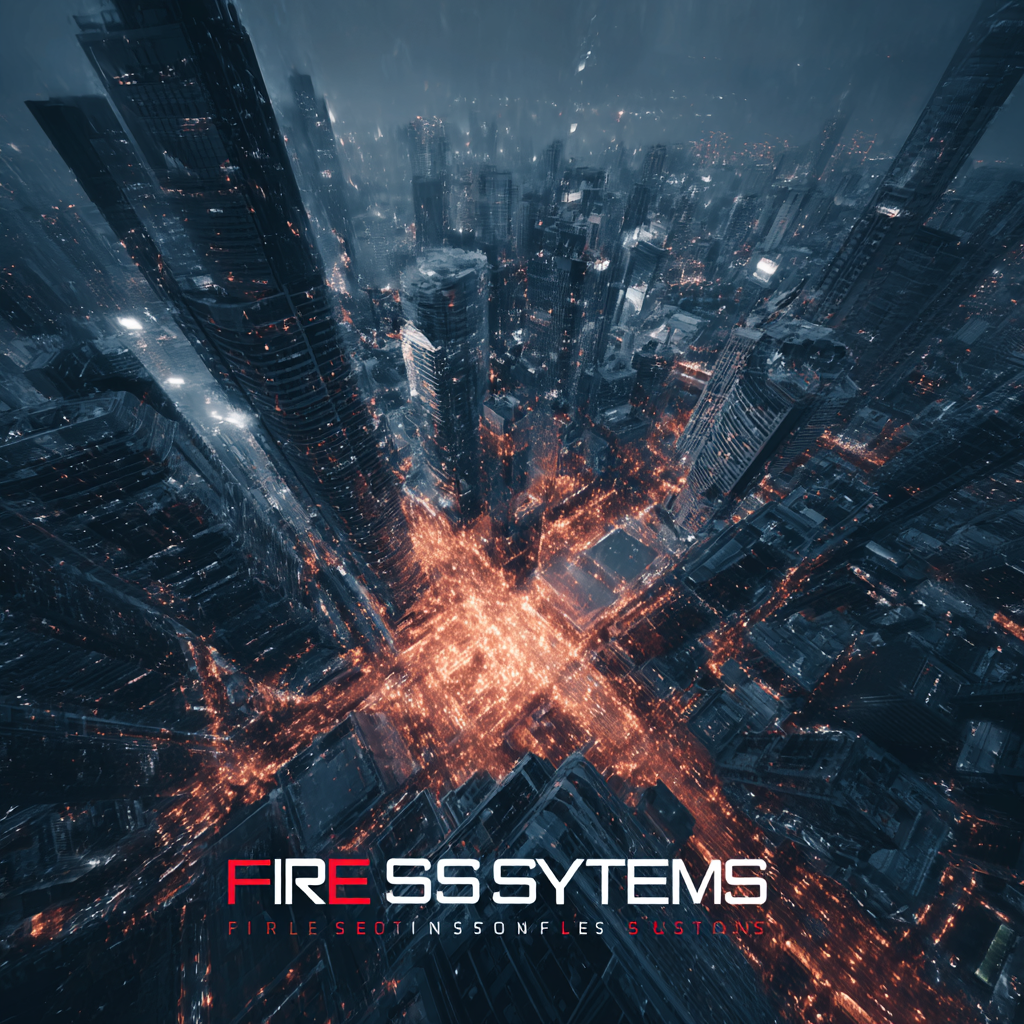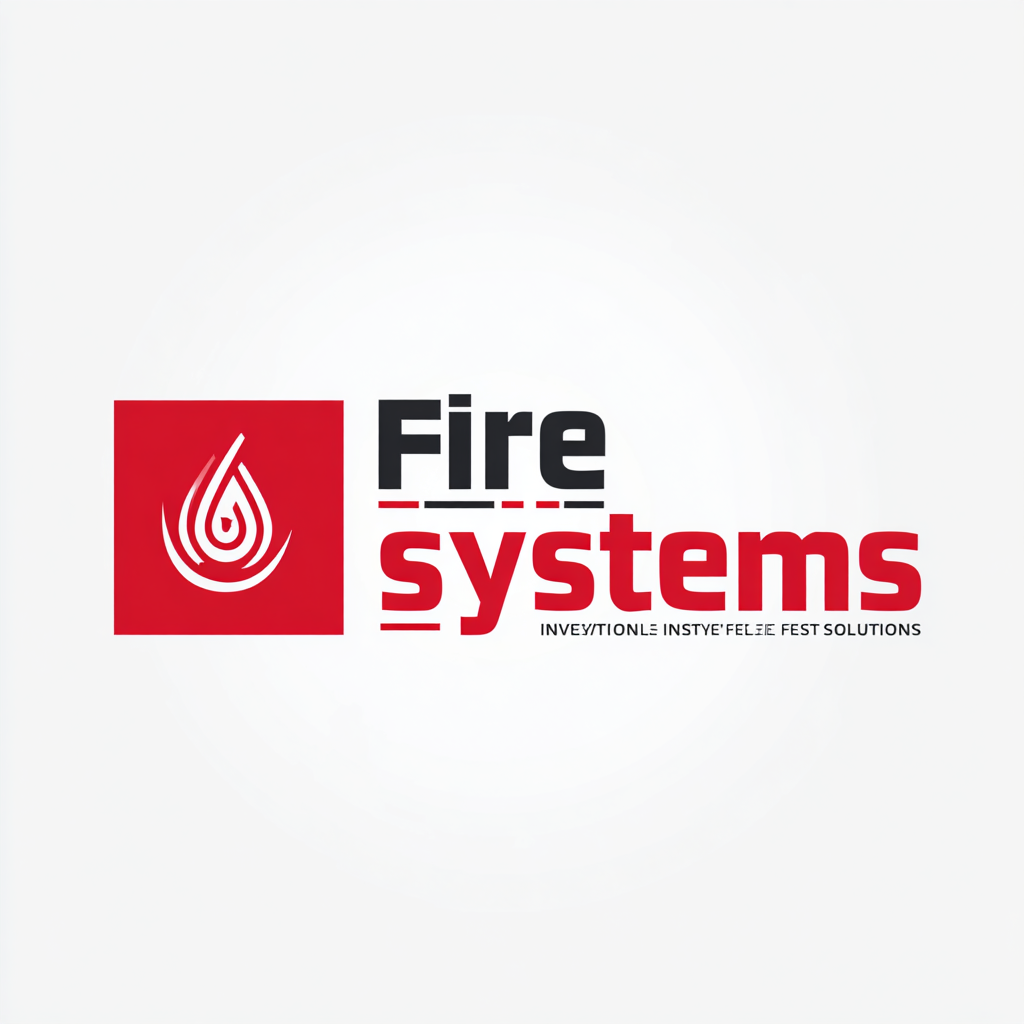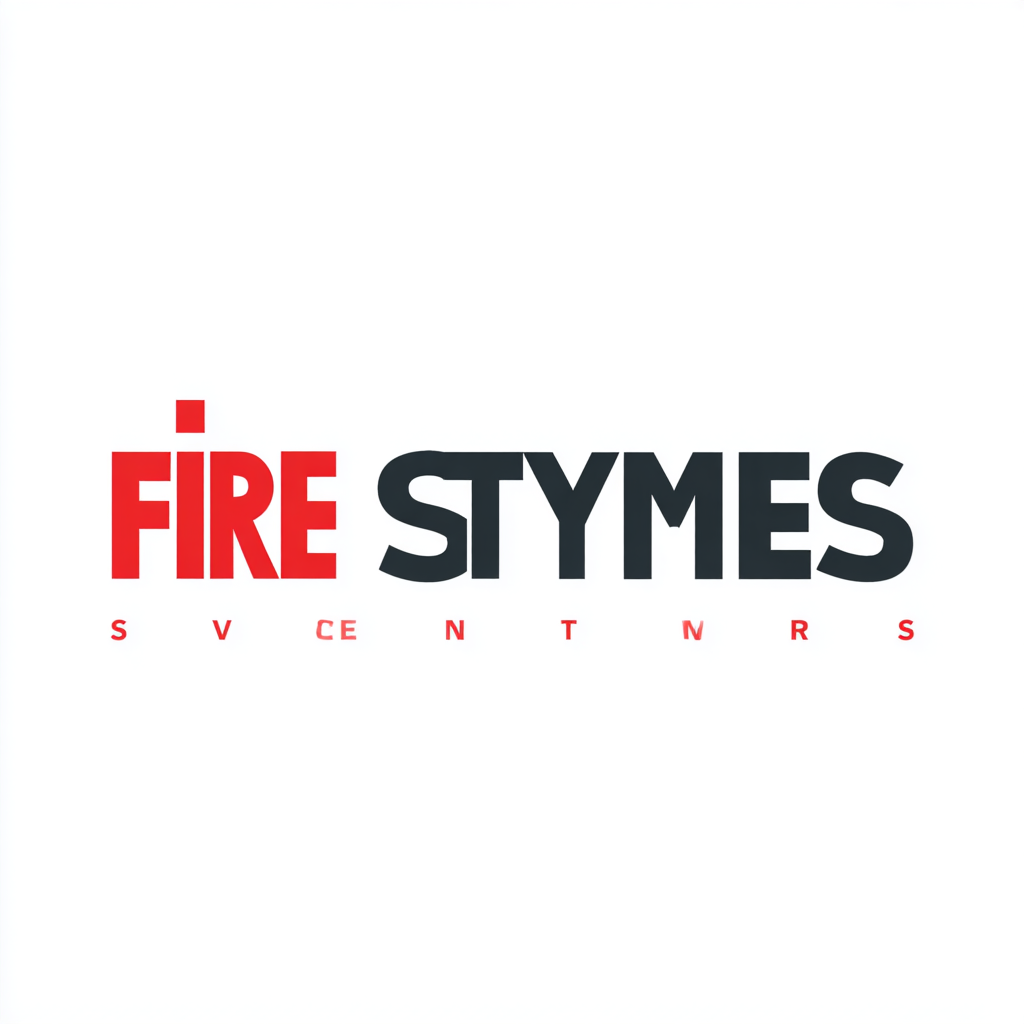Innovative Solutions for Best Fire Systems Trends and Insights for Global Buyers in 2025
In an era marked by rapid advancements in technology and heightened awareness of safety standards, the landscape of Fire Systems is rapidly evolving. As we look toward 2025, global buyers must navigate an array of innovative solutions that promise to enhance safety and efficiency. According to a recent report by MarketsandMarkets, the global fire safety systems market is projected to reach USD 112.5 billion by 2025, fueled by increasing regulations and the growing need for intelligent fire detection systems. This ultimate guide will delve into the latest trends and insights, highlighting the technologies and best practices that stakeholders should consider to stay ahead in this dynamic field. By leveraging these innovations, businesses can not only comply with regulations but also protect their assets and enhance their operational resilience.

Exploring the Importance of Export and Import Certifications in Fire Systems
As the global demand for advanced fire safety solutions rises, understanding export and import certifications plays a critical role in ensuring compliance and security for buyers in the fire systems market. According to a report by MarketsandMarkets, the global fire protection systems market is projected to grow from USD 68.2 billion in 2020 to USD 93.0 billion by 2025, with an increasing emphasis on integrating certified products that adhere to international safety standards. This growth not only signifies a heightened focus on fire safety but also highlights the significance of proper certifications in facilitating international trade.
The importance of certifications, such as UL, CE, and NFPA, cannot be overstated. These certifications assure buyers that the fire systems they procure meet rigorous safety and quality standards. Furthermore, in regions like Europe and North America, compliance with these standards is often mandated by law, making certifications essential for market entry. The International Organization for Standardization (ISO) reports that companies with certified systems tend to experience a 20% reduction in incident rates, underscoring the crucial role that recognized certifications play in ensuring reliability and safety in fire protection systems. As the industry evolves, global buyers must prioritize certified solutions to navigate the complex landscape of fire safety effectively.
Innovative Solutions for Best Fire Systems Trends and Insights for Global Buyers in 2025 - Exploring the Importance of Export and Import Certifications in Fire Systems
| Dimension | Trends | Insights | Importance of Certifications |
|---|---|---|---|
| Regulatory Compliance | Increased focus on compliance with international standards | Identifying potential legal issues early | Crucial for market access and trust |
| Technology Advancements | Integration of IoT in fire detection systems | Enhanced monitoring and prevention capabilities | Certifications ensure reliability of new technologies |
| Sustainability | Shift towards eco-friendly materials and systems | Meeting consumer demand for sustainable practices | Certifications for sustainable practices help with branding |
| Market Growth | Rapid expansion in emerging markets | Opportunity for increased sales and partnerships | Necessary for navigating different regulatory environments |
| Training and Education | Focus on continuous training for fire safety professionals | Improved implementation of fire safety protocols | Certifications validate expertise and skillsets |
Key Certifications Required for Global Trade in Fire Safety Equipment
In today's global marketplace, understanding the key certifications required for fire safety equipment is crucial for buyers aiming for compliance and safety. Certifications such as UL (Underwriters Laboratories), FM (Factory Mutual), and ISO (International Organization for Standardization) are critical indicators of a product's reliability and effectiveness. These certifications not only enhance the credibility of the products but also ensure that they meet stringent safety standards across different regions.
Tip: When sourcing fire safety equipment, always verify the certifications and ensure they align with the regulatory requirements of your target market. Doing so can save time and resources in the long run.
Moreover, keeping abreast of evolving standards in fire safety can significantly influence procurement strategies. As manufacturers innovate, updates in certifications often emerge to address new technologies and methods. It’s essential for global buyers to regularly consult with industry experts to stay informed about these changes.
Tip: Attend industry conferences or trade shows where certification bodies are present. This is an excellent opportunity to gain insights directly from certifiers about upcoming trends and requirements in fire safety.
Innovative Technologies Transforming Certification Processes in Fire Safety
Innovative technologies are fundamentally transforming the certification processes in fire safety, ensuring that both lives and properties are better protected. Recent collaborations have introduced advanced aerial fire suppression technologies that are designed to enhance rapid response in emergency situations, demonstrating a shift towards more proactive fire management solutions. Additionally, the growth in electrical fire safety solutions underscores the importance of reducing smoke emissions through cutting-edge materials, which can significantly improve safety standards in both residential and commercial sectors.
Tips for effective fire safety practices include conducting regular audits and ensuring compliance with fire safety regulations. With new guidelines introduced to prevent unauthorized certification processes, it is essential for businesses to engage only certified professionals for fire system inspections and installations. Furthermore, leveraging innovative tools and technologies, such as those showcased at industry events, can facilitate a deeper understanding of fire safety measures and regulations, positioning companies to lead in safety standards.
As we look towards 2025, staying abreast of evolving technologies and regulatory frameworks will be critical for global buyers in the fire safety sector. Regular training and awareness programs can empower organizations to adapt to these advancements, not just for compliance, but to foster a robust safety culture that prioritizes protection and preparedness.
Innovative Fire Safety Systems Trends for 2025
This chart illustrates the projected adoption rates of innovative fire safety technologies among global buyers in 2025. The data reflects increasing trends in IoT integration and AI applications, which are becoming essential components of modern fire safety systems.
Market Trends: How Certification Impacts Fire Systems Purchasing Decisions
As we approach 2025, the influence of certification on fire systems purchasing decisions is becoming increasingly significant. Buyers are grappling with a myriad of factors, including evolving regulatory demands and heightened fire safety awareness, which are driving the smoke alarm market's projected growth over the next decade. In today's complex landscape, certifications not only assure product quality and compliance but also reflect a commitment to sustainability—an aspect that is resonating with socially conscious consumers and businesses alike.

Tip: When evaluating fire systems, prioritize products with recognized certifications. These endorsements can provide peace of mind and ensure your investment meets the latest safety standards.
Market trends indicate that both residential and industrial applications are driving advancements in fire protection systems. As businesses look to enhance their safety protocols, the choice of suppliers that adhere to stringent certification processes will play a pivotal role in decision-making. This trend is especially pronounced in North America, where regulatory frameworks are evolving rapidly.
Tip: Stay informed about the certification standards applicable to your region. Understanding these requirements can significantly affect your purchasing strategy and ensure compliance with local regulations.
Future Outlook: Regulatory Changes Affecting Fire System Import/Export Certifications in 2025
As we look ahead to 2025, the landscape of fire system import and export certifications is poised for significant transformation, driven largely by evolving regulatory frameworks. These changes aim to enhance safety standards and ensure compliance with international norms, reflecting a global commitment to fire safety. Manufacturers and global buyers must stay informed about the upcoming regulations that may influence how fire protection systems are certified and traded across borders.

One notable trend is the push towards harmonization of certification processes among countries. This movement not only aims to streamline the import/export procedures for fire systems but also to foster collaboration among nations. By establishing universal standards, regulators can help prevent market fragmentation and make it easier for innovative fire safety solutions to reach international markets. For global buyers, understanding these regulatory changes will be crucial in navigating the complexities of compliance and ensuring that their fire systems meet the required certifications in a timely manner.
